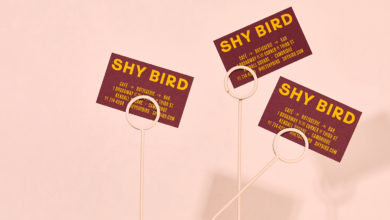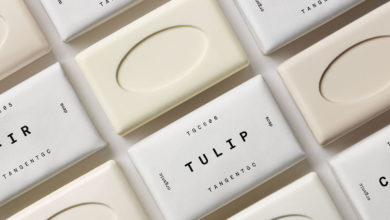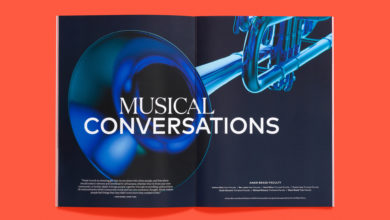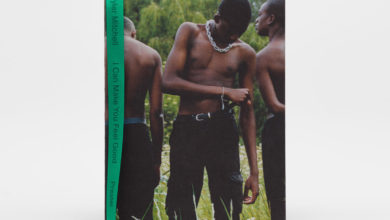[ad_1]
Text by Richard Baird
EDIYA is a well-established South Korean coffee brand, with franchised stores and array of drinks and branded products. It has the largest number of stores, exceeding that of Starbucks and any other international brands, opening its 3000th store at the end of 2019. With such a strong foothold in the market, and with the rise of at-home and ready-to-drink variations of large coffee store brands internationally, EDIYA sought to develop this within the national market, recognising that, with the current income levels in Korea, there was space to expand into the home-brewed coffee market.
Through the day-to-day operation of its stores which afford it a real-time understanding of market shifts and changes in consumption and demand, EDIYA has developed deep regional insights. This is paired with a full end-to-end production capability, from raw material sourcing to processing, to roasting to product develop in its own coffee lab. Drawing on this experience EDIYA created BEANIST, a new home brewing brand. And worked with Studio fnt to create branding and packaging. The studio sought to maintain EDIYA’s brand equity, drawing on aspects of the company’s coffee shop store signage, and give this new brand a clear presence within the competitive instant coffee market through a striking intersection of form, colour and communication.

From the outset, Studio fnt expressed initial concerns around the prioritisation of either parent brand EDIYA or sub-brand BEANIST, eventually favouring the continuity of EDIYA, and the strong high street recognition of the EDIYA stores. These stores are characterised by blue arches, and others by their pitched roofs, and all with a bold sans-serif logotype. The packaging approach favours a clear top-down hierarchical structure. Beginning with brand, continuing through to coffee type and ending with flavour profile and ingredients. This is supported by colour language, information structure and forms that reference EDIYA coffee shops and manual grinders.

The use of form; the grinder and store architecture, are lovely eye-catching visual gestures in their simplicity and colour blocking. These tie in well with the notions of coffee shop quality and at-home convenience, but also serve to hold and delineate between key pieces of information, expanding and contracting depending on packaging size and required information, and structuring it with a clear continuity across a variety of SKUs, with the potential to hold many more.


The typical dark and warm browns associated with coffee, and proliferate the supermarket shelf, are subverted here in favour of a bright white and blue, channelling something of the whole bean speciality coffee market. This is earned. Although part of the ready-to-drink category, the use of nuanced flavour profiles (and specific front of pack ingredient lists and percentages) sees something of an interesting hybrid develop.

Within this work, there is an air of freshness, modernity and convenience but not at the expense of perceived quality. Supportive colour and the copper block foiling small details still delivers on the aforementioned qualities of warmth, robustness and variety of flavour to be discovered and enjoyed. There is, of course, the chance that the white packs will not travel well, that these may become grubby, or the dinks revealed through evident shadows on a white surface, but likely fine when boxed up or wrapped for wholesale delivery.
The result is a striking visual difference, recall and communicative assistance, as well as clear connections with, and equity transferred from high street coffee premises. It develops a visual language that connects home and store through a graphic form that is dynamic and responsive to different packaging types, from the broader shorter boxes to tall slim sachets. More work by Studio fnt on BP&O.
Design: Studio fnt. Opinion: Richard Baird.


If you liked this then you may also like:
Source link










